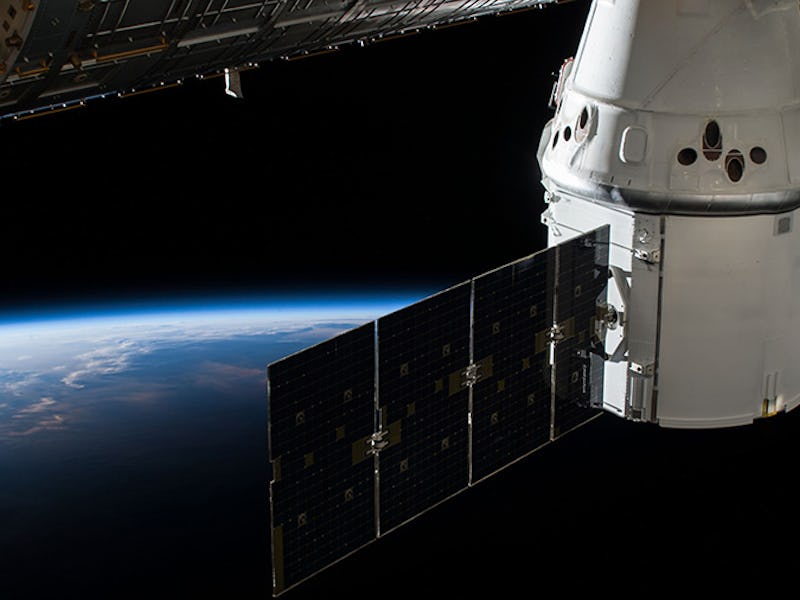SpaceX is about make history. New details have emerged about the GO Searcher, the ship responsible for taking the Crew Dragon out of the water. That’s the manned capsule that will ferry NASA astronauts to and from the International Space Station, whisked up in a Falcon 9 before falling back to earth later. These people will be the first American astronauts to reach the station aboard a commercial carrier, alongside Boeing’s Starliner project.
Similar to its unmanned missions, ships will play a big role in the success of the mission. But this is unlike droneships like Of Course I Still Love You, which catch first stage boosters upon return, nor is it like Mr. Steven that uses a giant net to catch fairings as they glide to earth. GO Searcher will instead recover the capsule itself from the ocean, a key role in SpaceX’s plan that could help it pass NASA’s seal of approval tests.
The company announced a slew of upgrades for its ship. It’s building a helipad in the central area, added a big white dome to facilitate communications, and added a hydraulic lift for the actual lifting up aspect. SpaceX is working hard to meet its goal of a mission as early as April 2019, with uncrewed testing set to start in November 2018.
SpaceX GO Searcher: The Stats Behind the Vessel
Data from VesselFinder show the ship was built in 2010 as the “Callais Searcher,” before a rename to the “Harvey Otter” in 2013. It received its current name the following year, and it’s now owned by Louisiana-based Guice Offshore. The firm is listed on MarineLink as owning three other ships: Pursuit, Quest and America. Quest and Pursuit have both been spotted giving SpaceX a helping hand. NASASpaceFlight also notes that fairing-catching ship Mr. Steven also sports the Guice Offshore logo, even though official licensing shows Seatran as the current owner, suggesting Guice Offshore is perhaps just an operator.
Statistics from MarineLink show the ship has an overall length of 164 feet and a breadth of 36 feet, with a height of 61 feet. This places it on the smaller end of the platform supply vessel category that’s normally used for oil and gas operations, which tend to measure between 190 and 250 feet. The current draught, measuring the water line to the bottom of the hull, measures over seven feet.
The GO Searcher has a maximum recorded speed of nine knots and an average of 7.5 knots, thanks to an engine with 1,700 horsepower. This is a lot slower than Mr. Steven’s sea trials last month, which reached speeds of 20 knots. However, the GO Searcher won’t need to rapidly reposition to catch a fairing as it hurdles to earth, meaning such speeds would prove overkill. Mr. Steven’s unique challenges led to SpaceX installing a net nearly an acre big.
The full load capacity of the ship is 457 short tons. That should be fine for the Crew Dragon, as the Falcon 9 is only capable of lifting 27.5 short tons into space anyway. The stage is set for GO Searcher to play out its key role in the next stage of space exploration.
